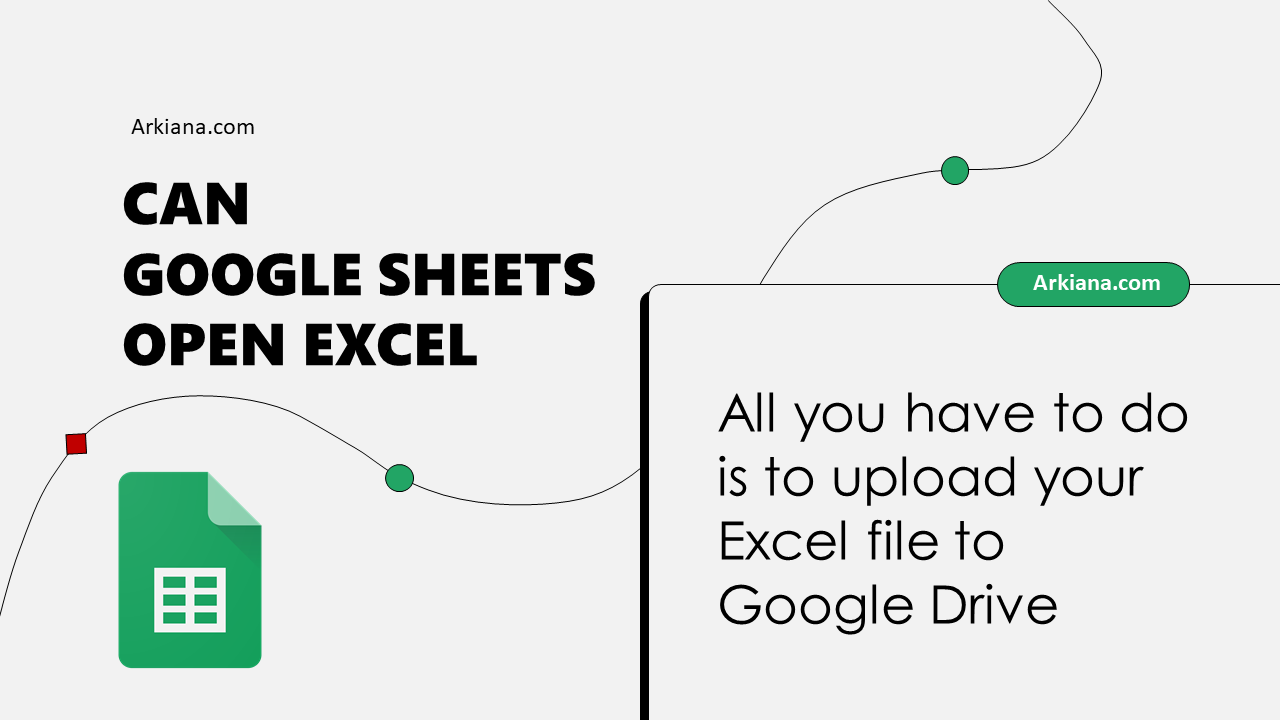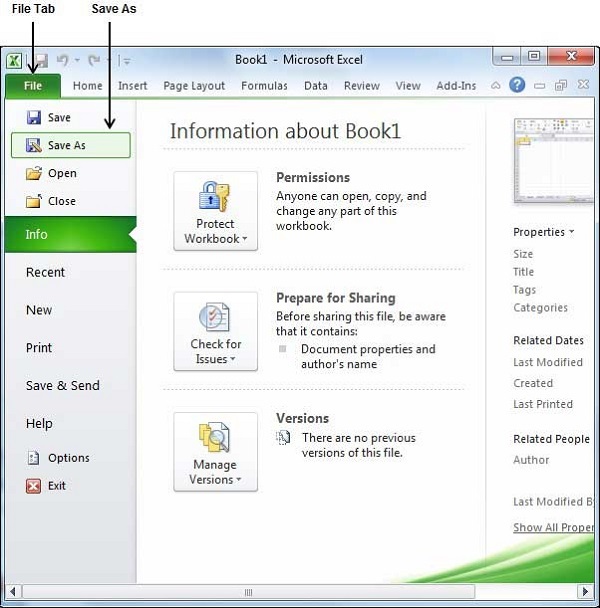Essential Employee Paperwork You Need for Compliance

Ensuring compliance with legal and company policies is crucial in any workplace. The process starts with meticulous documentation during the onboarding of new employees and extends throughout their employment. This article delves into the various types of essential employee paperwork needed for compliance, focusing on both the employer's and employee's responsibilities.
Types of Essential Employee Documentation

Employment Agreements: These documents are foundational to setting the terms of employment. An employment agreement might include:
- The job title and duties
- Salary and compensation details
- Work schedule
- Confidentiality or non-compete clauses
- Termination conditions
⚠️ Note: Employment contracts must comply with local labor laws to ensure they are legally enforceable.
I-9 Forms: In countries like the USA, the I-9 form is mandatory to verify the identity and employment authorization of each new hire. Employers must keep this form on file for a specified period, generally after the employee leaves the company.
W-4 Forms: For tax purposes, employees need to complete this form to determine how much tax to withhold from their paychecks. It's particularly important for employees to update this form when their life circumstances change, like marriage or the birth of a child.
Direct Deposit and Payroll Documentation: To streamline payroll, documents detailing bank account information for direct deposit are necessary. Additionally, any related payroll documents like timesheets or time-off requests need to be maintained accurately.
Employee Handbooks: An employee handbook outlines the company's policies, procedures, and expectations. Although not always mandatory, they are recommended for creating a standardized operational environment. Topics might include:
- Code of conduct
- Dress code
- Disciplinary procedures
- Equal Employment Opportunity (EEO) policies
- Benefits and leaves
Health and Safety Compliance: Documentation here includes:
- Safety training records
- Emergency contact information
- OSHA-required logs or equivalent in other countries
- Incident reports
Steps for Proper Documentation Management

- Review Legal Requirements: Begin by understanding the local and national laws regarding employment documentation. Legal counsel can be invaluable here.
- Create Standardized Forms: Develop a set of standard forms for each type of documentation to ensure consistency across the organization.
- Organize Files: Implement a robust filing system, either digital or physical, to keep all documents in order.
- Regular Updates: Establish a schedule for periodic review and update of all documentation to ensure compliance with changes in laws or company policies.
- Training: Educate employees about the importance of the paperwork they sign and why compliance is necessary.
- Record Keeping: Keep records for the duration mandated by law. For example, in the US, employers must retain I-9 forms for three years after the date of hire or one year after the employee's termination, whichever is later.
🔍 Note: Both digital and physical records should be backed up securely to prevent data loss.
Benefits Administration: Proper documentation of employee benefits like health insurance, 401(k) plans, or vacation accrual is essential for both compliance and employee satisfaction:
- Enrollment forms
- Benefit election changes
- Life events (marriage, divorce, etc.) that affect benefits
Common Compliance Pitfalls

Here are some common pitfalls in employee documentation:
- Insufficient Documentation: Failing to maintain necessary records can lead to legal repercussions.
- Inaccurate Records: Mistakes or outdated information can cause operational issues and compliance problems.
- Mishandling of Sensitive Information: Poor data management can expose the company to breaches and employee grievances.
- Lack of Training: Without proper education, employees might not understand the significance of documentation, leading to errors.
- Inconsistent Policies: If company policies are not uniformly applied, this can result in claims of unfair treatment or discrimination.
By addressing these pitfalls proactively, employers can ensure compliance and maintain a healthy, productive work environment.
To recap, maintaining the right employee paperwork is key to ensuring compliance with legal and internal company standards. Proper management of employment agreements, tax forms, employee handbooks, health and safety documentation, and benefits administration is fundamental. The consequences of poor documentation management can be severe, leading to legal issues, fines, and a breakdown in employee-employer trust. Businesses should implement stringent policies for documentation, regularly educate their workforce, and stay up-to-date with evolving legal landscapes.
What are the key documents needed for onboarding new employees?

+
Key documents include employment agreements, I-9 or equivalent forms for employment eligibility, W-4 forms for tax withholding, direct deposit authorization, and an employee handbook or policy manual.
How long do I need to keep employee records?

+
Generally, employers must retain employee records like I-9 forms for three years after the hire date or one year after the employee’s termination, whichever is later. Other records might have different retention periods based on local laws.
What should be included in an employee handbook?

+
It should cover company policies, code of conduct, employee rights, anti-discrimination policies, benefits, leaves, safety procedures, and any other relevant guidelines for employment.



